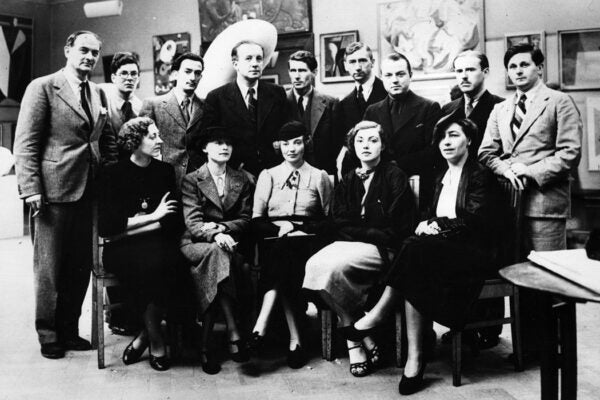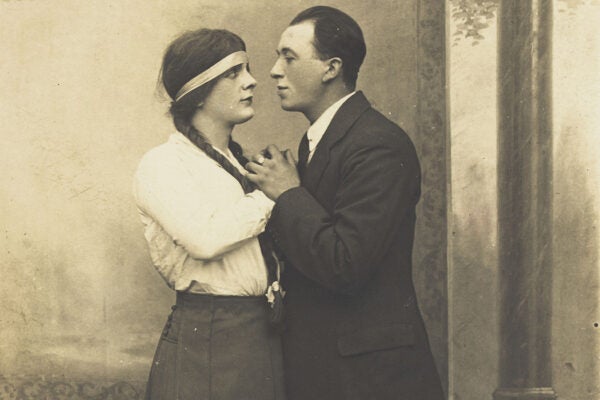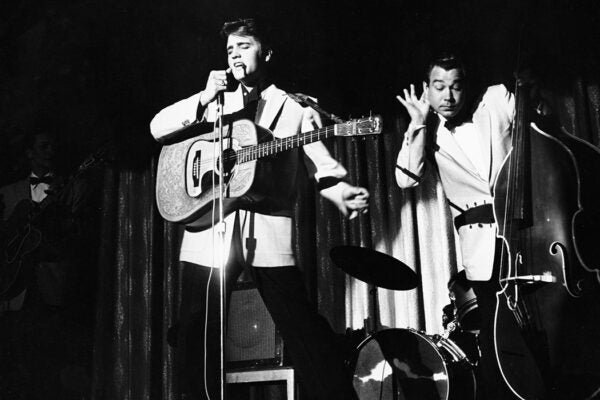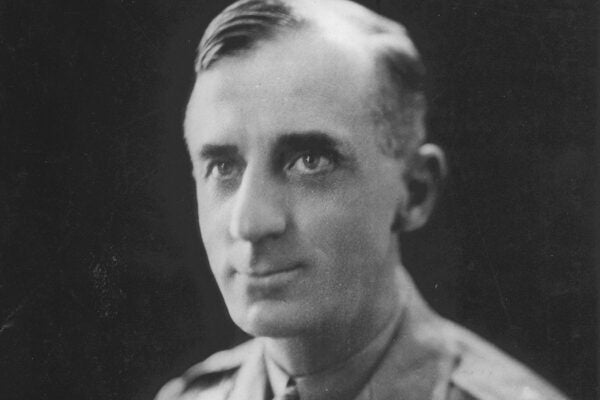Cloves: The Spice that Enriched Empires
Behind one humble spice lies a complex history of empires and profit, commodities and globalization.
Cancún and the Making of Modern “Gringolandia”
Created from almost nothing, Cancún has become a tourist playground that both celebrates and obscures the history of the Yucatán and its peoples.
Surrealism at 100: A Reading List
On the centennial of the founding of Surrealism, this reading list examines its radical beginnings, its mass popularity, and its continued evolution.
Snowball Earth
How scientists discovered that unique Scottish rocks record when Earth was first encased in ice.
Voting in American Politics: A Syllabus
From battles to expand the franchise to the mysteries of turnout, voting is one of the most important things to understand about US politics.
Preserving History at the Digital Transgender Archive with Portico
Portico helps preserve underrepresented community content and collections, including the wide-ranging materials of the Digital Transgender Archive.
How Pentecostalism Shaped Rock ’n’ Roll
Early rock and roll performers, including Little Richard and Elvis, were influenced by the sounds and tropes of Pentecostal worship services.
Corn Fields, Fins that Taste, and Science Sleuths
Well-researched stories from Yale Environment 360, Eos, and other great publications that bridge the gap between news and scholarship.
Raccoons in the Laboratory
The lab rat is now a symbol of science, but psychologists once believed that raccoons presented unique potential in the study of animal intelligence.
Genesis of the Modern American Right
During the Great Depression, financial elites translated European fascism into an American form that joined high capital with lower middle-class populism.









